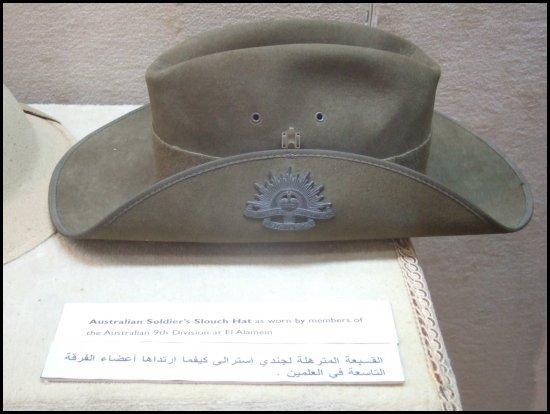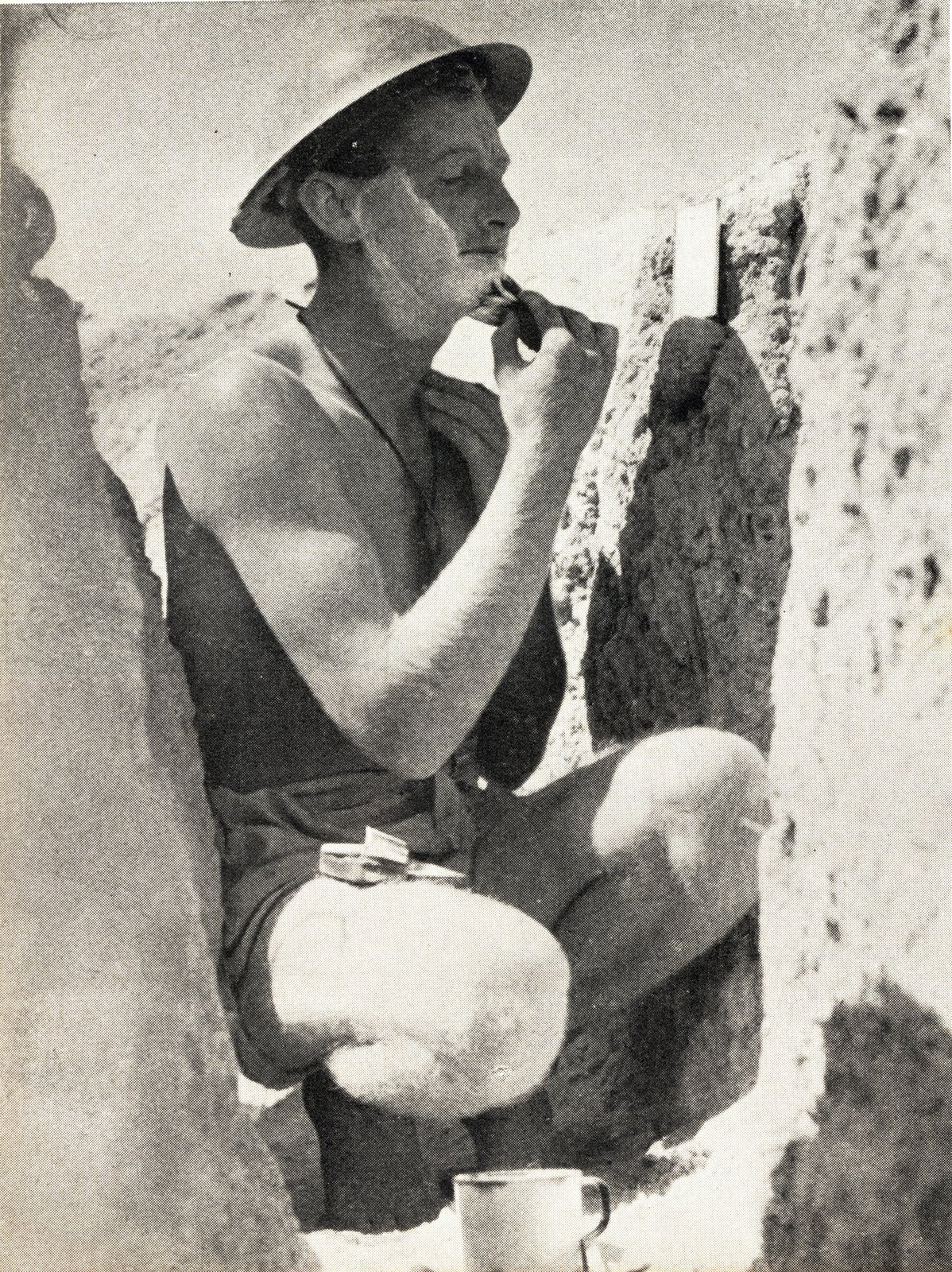Friday, September 5, 2008
[Image] Wrong Place, Wrong Time.
Monday, September 1, 2008
[Image] 25 Pounder at the Australian War Memorial
The 25 Pounder was the standard artillery piece of both the Royal Australian Artillery as well as the Royal Horse Artillery, the British Artillery Regiment, that aided the Australian Infantry with the defence of Tobruk during the siege by the Afrika Korps in 1941.
Several of these guns, along with countless crates of ammunition, were captured by the Germans at Mersa Matruh in Rommel's rapid advance towards Alexandria in 1942. These same guns were turned upon the 2/48th Infantry Battalion during the Battle of El Alamein with devastating effect. The 2/48th retook the guns within a short period of time and again set them upon the fleeing Germans.
All accounts from Tobruk that I have read all say that without the support of the Royal Horse Artillery the Siege of Tobruk would have been over very quickly. Tobruk was the perfect example of Australian Infantry and British Cavalry and Artillery working as one cohesive unit.
image courtesy of Robert Snewin. Used with permission.
This post is a direct reponse to the question asked by Douglas Chan who wanted to know what were the Royal Horse Artillery guns used during the Siege of Tobruk. I hope this helps Douglas. Good luck with your project!
[Image] German Vanity at Alamein

Wednesday, August 27, 2008
[Image] The Price of Victory
[Image] 9th Div Salvage Unit under fire
[Image] Death of a Valentine
[Image] Take that Germany!
[Image] What direct hit Sir?
[Image] Invaluable Aussie Advice

Sunday, August 24, 2008
[Image] A Lucky Escape at Alamein
[Slang] Meet the Baitlayer
[Image] The P.M. and the Private.
SX13319 Pvt. Stanley Collins
2/23rd Infantry Battalion.
When touring the front lines Mr Churchill stopped to speak with Pvt. Collins of Adelaide. What happened next ensured that Pvt. Collins was the most famous man in the 9th Division for a day. He bummed a cigar off the Prime Minister of England.

When later asked by curious mates if he intended to smoke it, Pvt. Collins joked that he was going to take it home have it sealed in glass and would then pass it down as a family heirloom. Pvt. Collins survived the war, discharging in September, 1946 as Staff Sergeant Collins. It is not currently known if he did indeed take the cigar home with him in early 1943.
images 024760, 013354 & 013355 Australian War Memorial.
Wednesday, August 20, 2008
[Image] 9th Division scroungers at work
[Image] Phone for you Sir!
Tuesday, August 19, 2008
[Image] The German MG34 Machine Gun



























